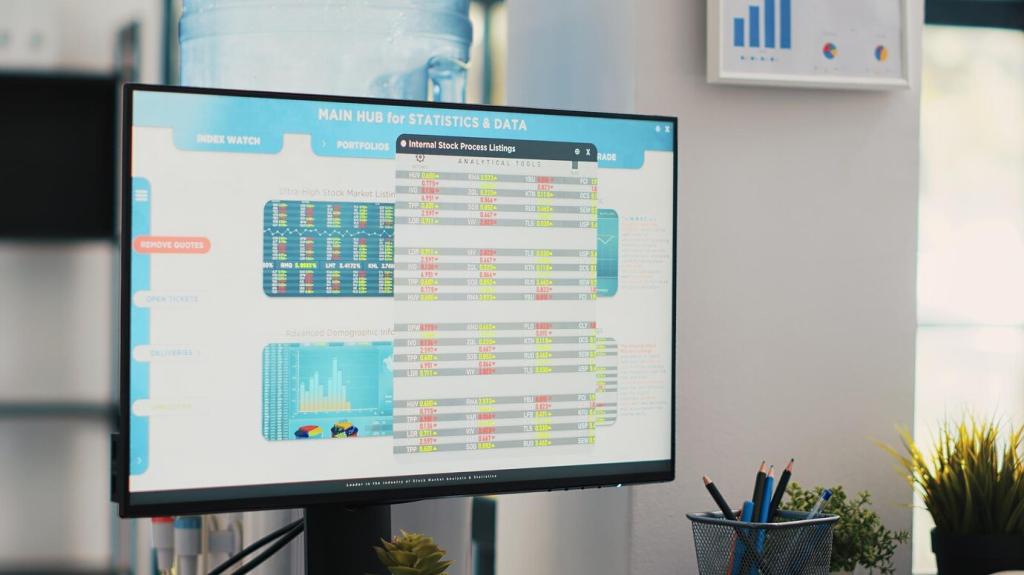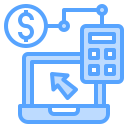
Plan Together, Win Together: Collaborative Financial Planning with Cloud Platforms
Chosen theme: Collaborative Financial Planning with Cloud Platforms. Bring finance, operations, and leadership into the same real-time workspace to model, forecast, and decide faster—without email chaos, version confusion, or siloed spreadsheets. Subscribe and join our community of planners who co-create smarter budgets and resilient strategies.


Why Cloud Collaboration Transforms Financial Planning
When multiple stakeholders edit the same cloud model, comments, changes, and assumptions live together. No more hunting through attachments. Finance focuses on insight, not file wrangling, and teams converge on decisions faster because context follows every number.
Why Cloud Collaboration Transforms Financial Planning
A centralized data model becomes the planning backbone, syncing actuals and assumptions across every sheet, dashboard, and scenario. Stakeholders trust results because definitions, drivers, and mappings are consistent and visible, eliminating reconciliation marathons and awkward last‑minute surprises.

Grant contributors access to the slices they need—department budgets, region views, or specific models—while locking sensitive payroll or board reports. Role-based controls encourage involvement without risking leakages, so collaboration grows safely and confidently across teams.

Every change is tracked: who updated a driver, when a forecast shifted, and why assumptions changed. Revert with confidence, compare versions side by side, and translate edits into a clear narrative that decision-makers can review in minutes, not hours.

Modern cloud platforms support encryption, single sign-on, and enterprise-grade compliance frameworks like SOC 2 and ISO 27001. Finance leaders gain collaboration superpowers without compromising regulatory expectations or the confidentiality stakeholders require to participate openly.


Building Driver-Based Models Together
Centralize growth rates, price lists, headcount ramps, and seasonality tables in one assumptions library. Contributors reference the same sources, comment inline, and propose updates. When assumptions evolve, downstream models update instantly, so alignment survives the pace of change.
Building Driver-Based Models Together
Clone a baseline into upside and downside scenarios, tweak a few levers, and compare ripple effects across revenue, cash, and hiring. Because inputs are shared, debates shift from anecdote to evidence, producing faster, more confident tradeoff decisions under real-world constraints.



Collaboration Rituals that Stick
Forecast jam sessions with clear ownership
Run 45-minute cross-functional sessions where model owners walk drivers, discuss deltas, and assign actions. The cloud workspace keeps comments, tasks, and changes linked, so progress survives handoffs and teams leave with decisions, not just discussion.


Comment threads that capture context
Threaded comments on specific cells and charts turn questions into documented decisions. Future reviewers understand why a hiring plan shifted or a discount policy tightened, which reduces rework and builds organizational memory that compounds month after month.
Stories from the Field
A family-owned manufacturer consolidated plant budgets into a single cloud model backed by warehouse data. Cycle times dropped from weeks to days, and plant managers finally trusted shared KPIs because definitions and drivers were transparent, not buried in private files.


Stories from the Field
A mid-sized nonprofit linked program outcomes to funding scenarios in the cloud. Program leads co-authored assumptions, finance automated grant reporting, and the board gained clarity on tradeoffs. The result: faster approvals and a plan anchored in shared mission reality.
Getting Started: Your First 30 Days in the Cloud
Define who owns which models, what access each role needs, and the few decisions that matter most this quarter. Align on terminology and KPIs. Invite stakeholders early so collaboration feels participatory, not imposed from a distant finance tower.


Getting Started: Your First 30 Days in the Cloud
Integrate ERP actuals and CRM pipeline, then codify the top ten drivers that explain most variance. Keep the model simple at first. Document assumptions in a shared library, and ask teams to comment directly where they disagree or see blind spots.
